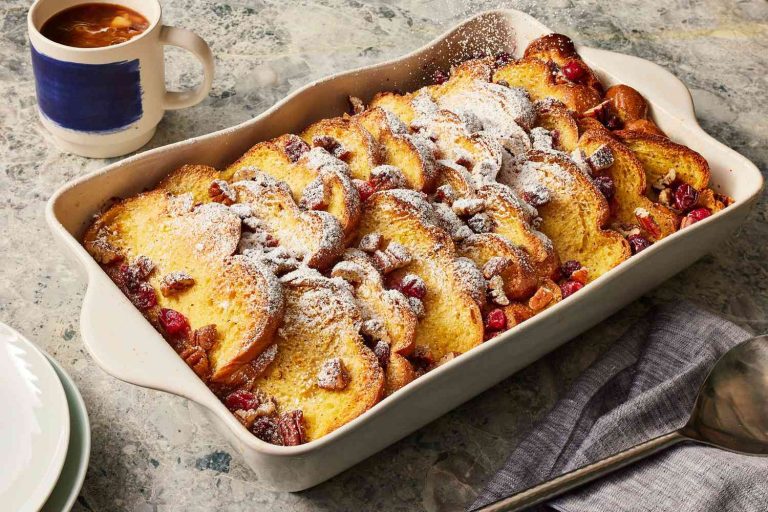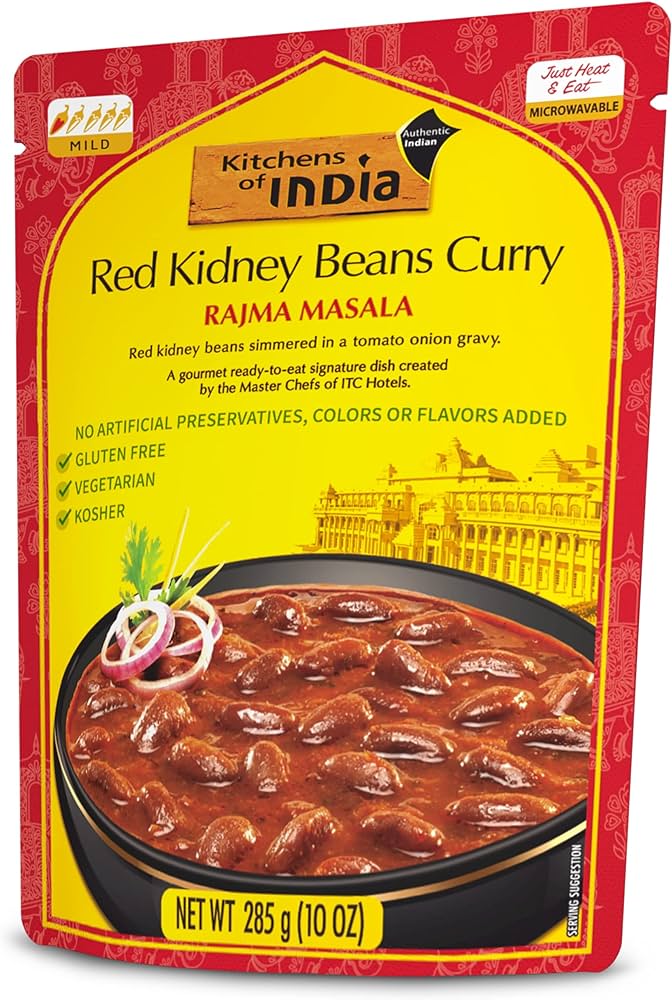Semla: Traditional Swedish Fat Tuesday Buns & Delicious Twists
Semla traces its origins to ancient Sweden. Originally, it was a plain bread bun consumed before Lent. Over centuries, it evolved to its modern form with sweet fillings. Traditional semla, known as “hetvägg,” was served in warm milk. By the 18th century, recipes began incorporating almond paste and whipped cream, creating the delightful treat known today.
Semla in Cultural Traditions
Semla holds a significant place in Swedish culture. Traditionally eaten on Shrove Tuesday, it marks the start of Lent. The day, known as “Fat Tuesday” (Fettisdagen), encourages indulgence before fasting. It’s common to find semlor (plural of semla) in Swedish homes, bakeries and cafes starting from January until Easter. Notable is King Adolf Fredrik’s death in 1771 after consuming 14 semlor, cementing its place in Swedish history.
Ingredients and Preparation
Key Ingredients of Semla
To create authentic semla buns, use the following ingredients:
- Cardamom Spiced Dough: Flour, milk, butter, sugar, yeast, ground cardamom, and salt.
- Filling: Marzipan or homemade almond paste, milk, chopped almonds, and sugar.
- Topping: Whipped cream and powdered sugar.
Each component, from the cardamom-infused dough to the sweet almond filling and fluffy whipped cream, contributes to the semla’s unique taste.
- Prepare Dough: Warm milk to about 110°F, mix with yeast and let it stand for 10 minutes. In a large bowl, combine flour, sugar, ground cardamom, and salt. Add the milk mixture and melted butter, then knead until smooth. Let the dough rise for 45 minutes.
- Shape and Bake Buns: Preheat the oven to 375°F. Divide the dough into equal portions, shape into buns, and place them on a baking sheet. Allow the buns to rise for another 30 minutes. Bake for 15-20 minutes until golden brown.
- Prepare Filling: Mix marzipan or almond paste with milk and chopped almonds to a spreadable consistency.
- Assemble Semla: Cut off the top of each bun and scoop out a small portion from the center. Fill the cavity with the almond mixture, pipe whipped cream on top, then replace bun lids. Dust with powdered sugar.
By following these steps, you’ll make delicious semla buns, perfect for celebrating Fat Tuesday.
Regional Variations of Semla
Differences Across Scandinavia
In Sweden, semla buns typically use cardamom-spiced dough filled with almond paste and whipped cream. Finland’s variation, known as “laskiaispulla,” often includes raspberry or strawberry jam instead of almond paste. Norwegians enjoy “fastelavnsbolle,” with their buns featuring a standard wheat dough without cardamom and a combination of whipped cream and various jams. Denmark’s version, “fastelavnsboller,” can be filled with custard or fruit preserves and covered with icing.
Semla Adaptations Around the World
In Estonia, the treat is called “vastlakukkel,” resembling the Finnish version with jam fillings. Swedish-descendant communities in the United States may prepare semla buns with unique twists, such as using different nut pastes or adding chocolate. Dutch variations often incorporate cream horns with custard or marzipan. Regardless of the region, adaptations adhere to the basic structure of a sweet bun with rich fillings and toppings, celebrating the tradition in diverse ways.
How to Serve and Enjoy Semla
Traditional Serving Styles
Serve traditional semla by slicing off the top and hollowing out a small cavity in the bun. Fill this cavity with almond paste and then top it with whipped cream. Replace the bun’s top and dust it lightly with powdered sugar. In Sweden, the classical way of enjoying semla involves placing the filled bun in a bowl of warm milk, known as “hetvägg.” This method softens the bun and creates a comfortingly warm dessert ideal for cold winter days.
Modern Twists on Semla
Modern variations of semla include diverse fillings and presentations. Some enthusiasts use fruit jams, like raspberry or blueberry, to replace the traditional almond paste, adding a fruity twist. Others experiment with chocolate or coffee-flavored whipped cream for a richer taste. In vegan versions, replace dairy products with plant-based alternatives—almond milk for whipped cream and coconut cream for filling. For a savory spin, some bakeries offer semla with cheese toppings, providing a unique contrast to the traditional sweet taste.
Experimenting with serving styles enhances the experience and makes semla a versatile treat suitable for various tastes and dietary preferences.
Conclusion
Exploring the world of semla opens up a delightful journey through Swedish culture and culinary innovation. Whether you stick to the traditional almond paste and whipped cream or venture into modern twists like fruit jams or vegan alternatives, there’s a version of semla for everyone. These versatile buns not only offer a taste of history but also invite you to get creative in the kitchen. So why not give them a try and bring a bit of Swedish tradition into your home? Enjoy the rich flavors and textures that make semla a beloved treat around the world.






